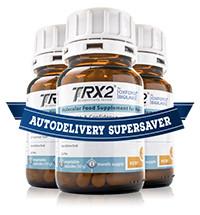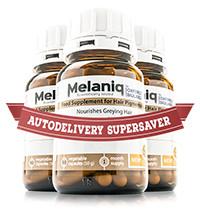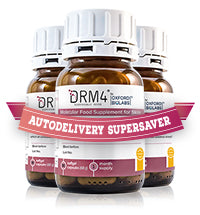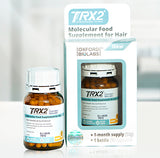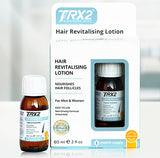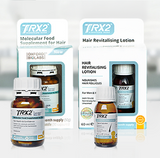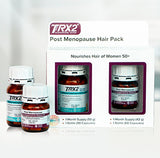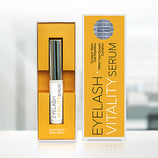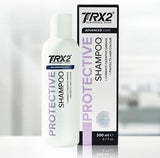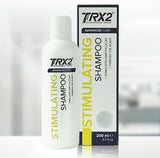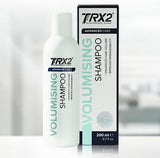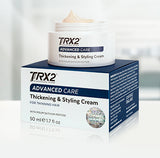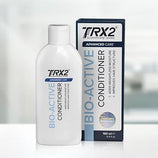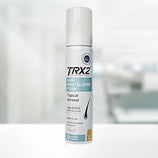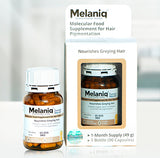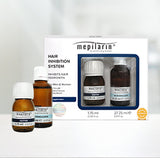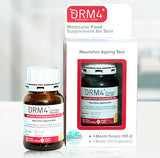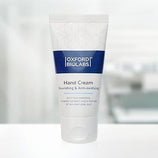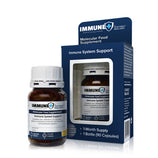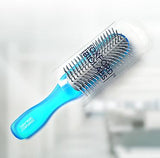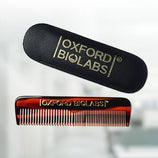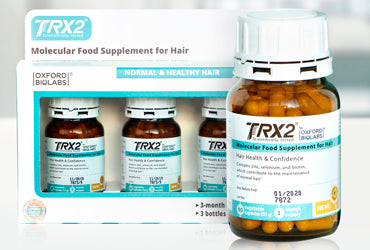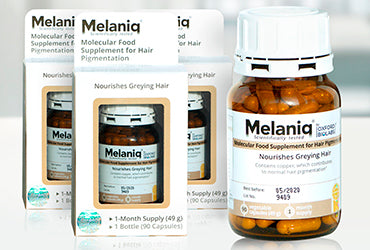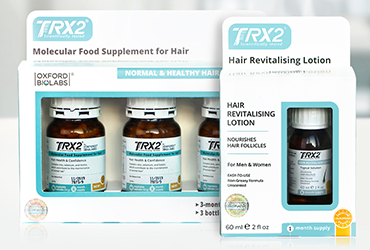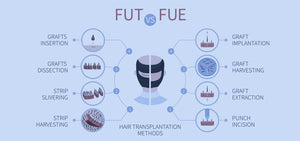Scientists are on the verge of making extraordinary medical breakthroughs using the latest stem cell technology. Many important hair growth therapies have had fantastic results in animal testing, and human trials are expected to commence in the very near future.
However, knowing that “stem cells” are now a technical buzzword, many dubious companies are using fake stem-cell science to trick customers into buying their ineffective hair growth products. Technically, even chewing bubblegum involves stem cells, so these companies are not liable for false advertising.
Given that the hair loss industry has an extremely long history of misleading claims and patient dissatisfaction, buyers should be extra wary of hair loss companies that claim to have medical technologies that use stem cells to restore lost hair. Very, very few actual stem cell therapies have been approved for human use. If a company was truly using stem cells to cure an illness, it would have an extensive record of clinical testing and media coverage to prove it.
Keep in mind, there are a number of important physiological mechanisms that are responsible for hair follicle miniaturization. These include DHT (Dihydrotestosterone) production, potassium-ion channel degradation, hair cycling abnormalities and the deactivation of hair matrix cells. Merely implanting random stem cells into the scalp is unlikely to have any real therapeutic benefit for the treatment of hair loss. Efficacy should be demonstrated through thorough scientific testing, not anecdotal evidence. Further, researchers should be able to explain exactly why their product is effective. If they can’t tell you why it works, it probably doesn't work.
